Industry information
Company News
- Aluminum veneer customization: a unique encounter of personality and style
- Aluminum curtain wall: the fashionable choice for modern architecture
- Aluminum Curtain Wall: The Green New Favorite in Modern Architecture
- Dear tasteful friends, are you also looking for a perfect way to integrate into your home
- The charm of aluminum veneer is not just about its appearance!
Industry dynamics
- Aluminum Curtain Wall: The Gorgeous Coat of Modern Architecture
- Modern minimalist style aluminum veneer ceiling creates a fashionable residence
- Aluminum veneer: the green "coat" of modern architecture
- Fluorocarbon aluminum veneer is an ideal material for achieving architectural aesthetics
- The charm of aluminum veneer: it's not just about its appearance!
Frequently asked questions
- What impact does the surface treatment method of aluminum veneer have on its price?
- Can the insulation function of aluminum veneer save energy?
- How does the customizability of aluminum veneer affect the appearance of buildings?
- Can aluminum veneer be used for building ceiling design?
- Can the decorative effect of aluminum veneer be customized?
contact us
Mobile:+86 15627778610
Email: 2201229786
Address: No. 5 Binjiang Road, High tech Zone, Zhaoqing City, Guangdong Province
Introduction to various specifications and models of aluminum veneer
- Author: Xinlongtai Aluminum Industry (Guangdong) Co., Ltd
- Release time: 2022-03-10 08:50:54
- Click:0
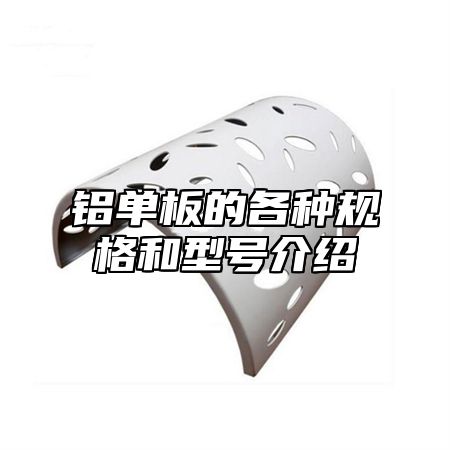
Aluminum veneerIt is a lightweight, high-strength, corrosion-resistant building material widely used in fields such as building curtain walls, interior decoration, roofs, etc. According to different design requirements and usage environments, aluminum veneer has multiple specifications and models to choose from. Below, we will provide a detailed introduction to various specifications and models of aluminum veneer.
1、 Classified by size
The size of aluminum veneer is generally divided into two types: standard size and customized size. Standard size refers to aluminum veneer cut in a certain proportion, usually in the following specifications:
1200mm × 2400mm × 60mm (H × W × T): commonly used for exterior wall decoration of commercial buildings.
2. 1250mm × 2500mm × 60mm (H × W × T): commonly used for exterior wall decoration of residential buildings.
3. 1500mm × 3000mm × 60mm (H × W × T): commonly used for exterior wall decoration of large public buildings.
2、 Classify by shape
In addition to size, aluminum veneer can also be classified according to shape, with common shapes including:
1. Flat aluminum veneer: The surface is flat, without any uneven patterns or textures.
2. Pattern aluminum veneer: The surface has various patterns or designs, which can increase the aesthetics of the building.
3. Irregular aluminum veneer: can be customized according to customer requirements, suitable for decoration in some special occasions.
3、 Classified by Material
The material of aluminum veneer is mainly divided into two types: ordinary aluminum alloy and 3-series aluminum alloy. The 3-series aluminum alloy has higher strength and corrosion resistance, so its price is relatively high. The specific differences are as follows:
1. Ordinary aluminum alloy: The main component is aluminum magnesium silicon alloy, which has good workability and plasticity, but low strength and is easily affected by oxidation and rusting.
2.3 series aluminum alloy: The main component is aluminum silicon magnesium alloy, which has higher strength and corrosion resistance, is not easy to rust, but the price is relatively high.
4、 Classified by surface treatment
In order to meet different design requirements and usage environments, aluminum veneer can also undergo surface treatment. Common surface treatment methods include anodizing, spraying, laminating, etc. The specific differences are as follows:
1. Anodizing: The surface of aluminum veneer is oxidized into a dense oxide film through electrolytic oxidation technology, improving its corrosion resistance and hardness. At the same time, dyeing, printing and other processing methods can also be used to increase its aesthetic appeal.
2. Spraying: Spray various colors of paint on the surface of aluminum veneer to achieve decorative effects. The sprayed color is bright and durable, but it is easily affected by sunlight and rain and fades.
3. Film sticking: Apply a layer of polyethylene film or other material on the surface of aluminum veneer to achieve waterproof, moisture-proof, soundproof and other effects. The film comes in various colors and is easy to replace and maintain.

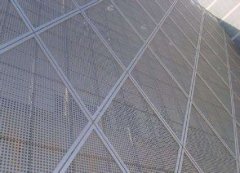

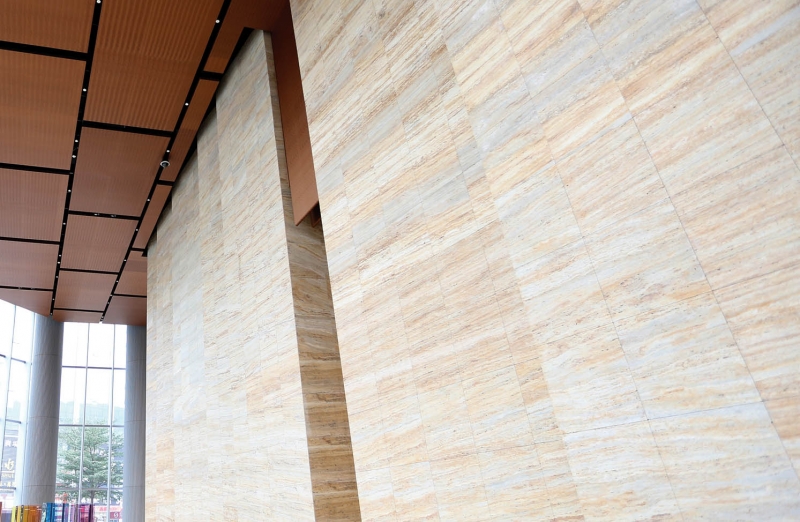
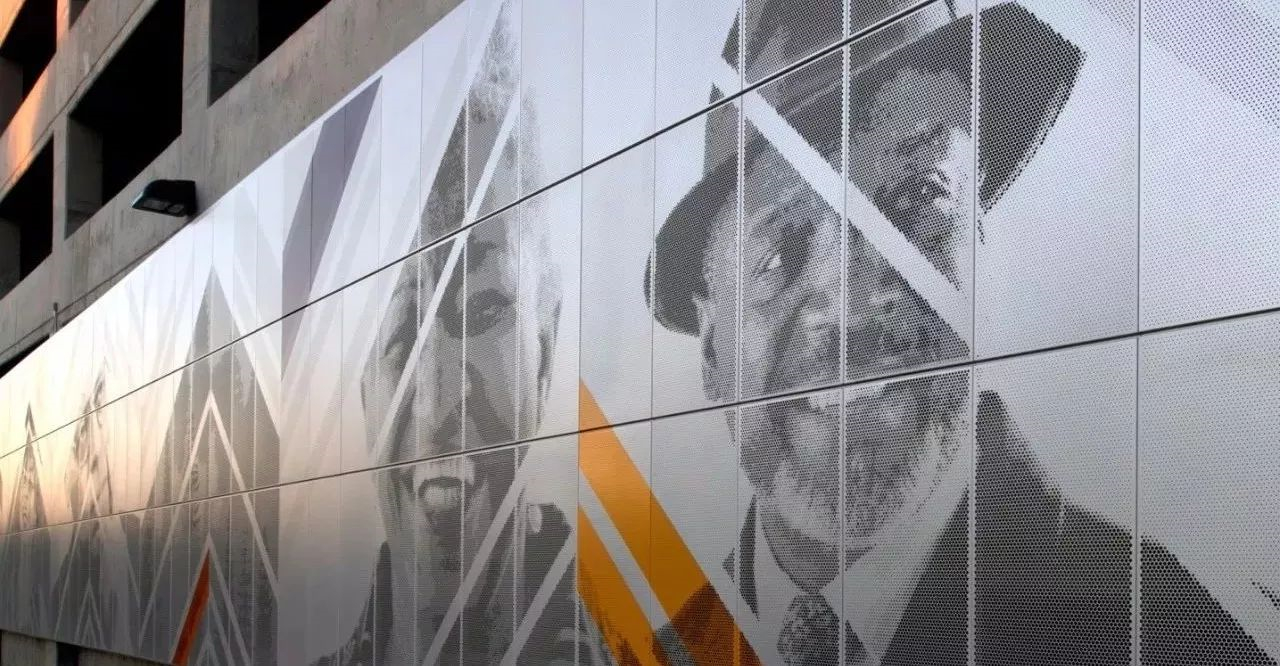
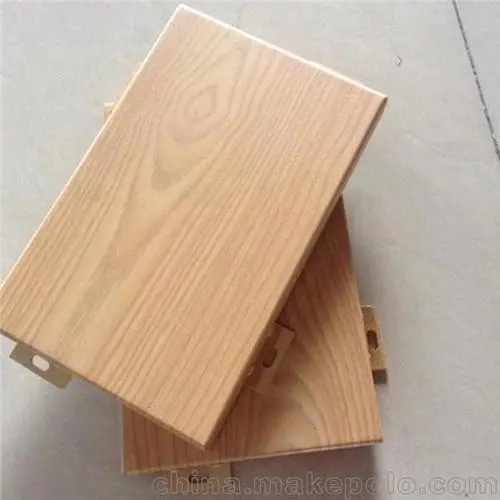
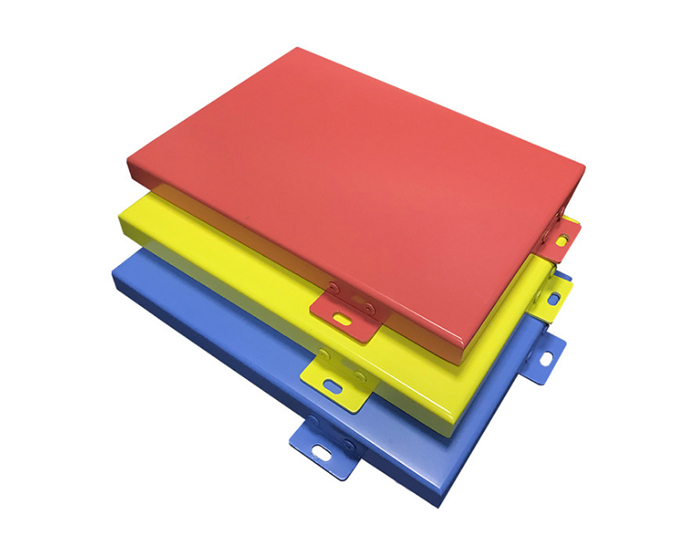
 Customer service QQ
Customer service QQ